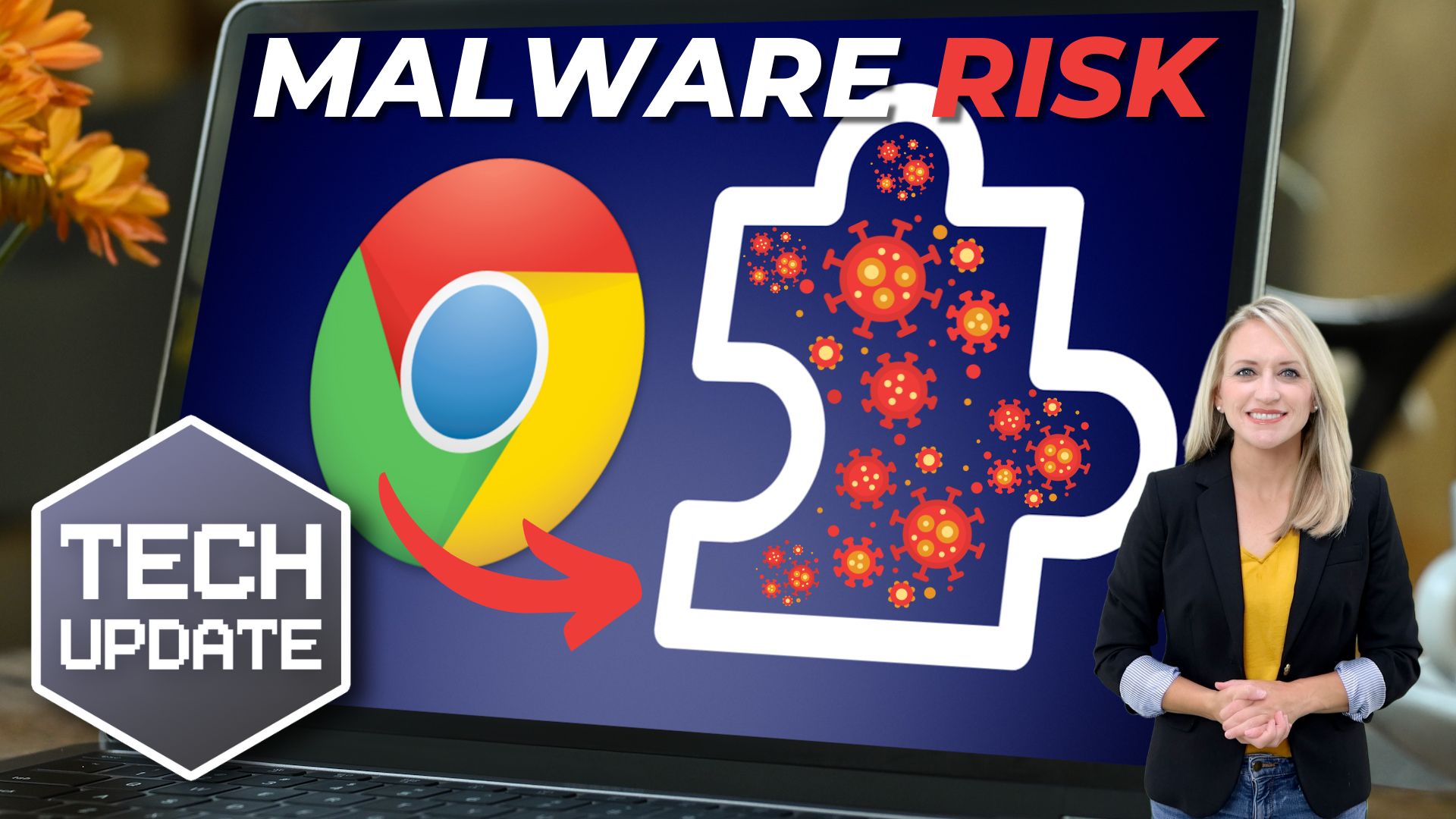Using Google Chrome for your business? You’re likely familiar with extensions. These handy tools can boost your browsing experience, from blocking pesky ads to helping you stay focused.
Extensions are so popular because they can add a lot of functionality to your browser. However, just like you need to be careful when downloading new apps on your phone, you must be cautious when adding new extensions to Chrome. The reason? They can come with a risk of malware.
Malware, short for malicious software, is any software designed to damage a computer, server, or network. Cybercriminals use malware to steal data, take over systems, and even drain bank accounts.
Chrome is the world’s most popular browser, with around 65% of the market share. This makes it a prime target for cybercriminals. While some cyberattacks exploit vulnerabilities in the browser itself, a more straightforward way to target Chrome users is through malicious extensions.
Despite Google’s strict monitoring of the Chrome Web Store, the risk still exists. A recent report found that 280 million people installed malware-infected Chrome extensions between July 2020 and February 2023. This alarming number underscores the need for caution.
Next Steps
Are you looking for a new IT service provider? Check out our free guide that explains how to choose your next IT service provider for some quick tips to get you started! Schedule a free 15-minute discovery call with someone from our team to see if we’re a good mutual fit!







